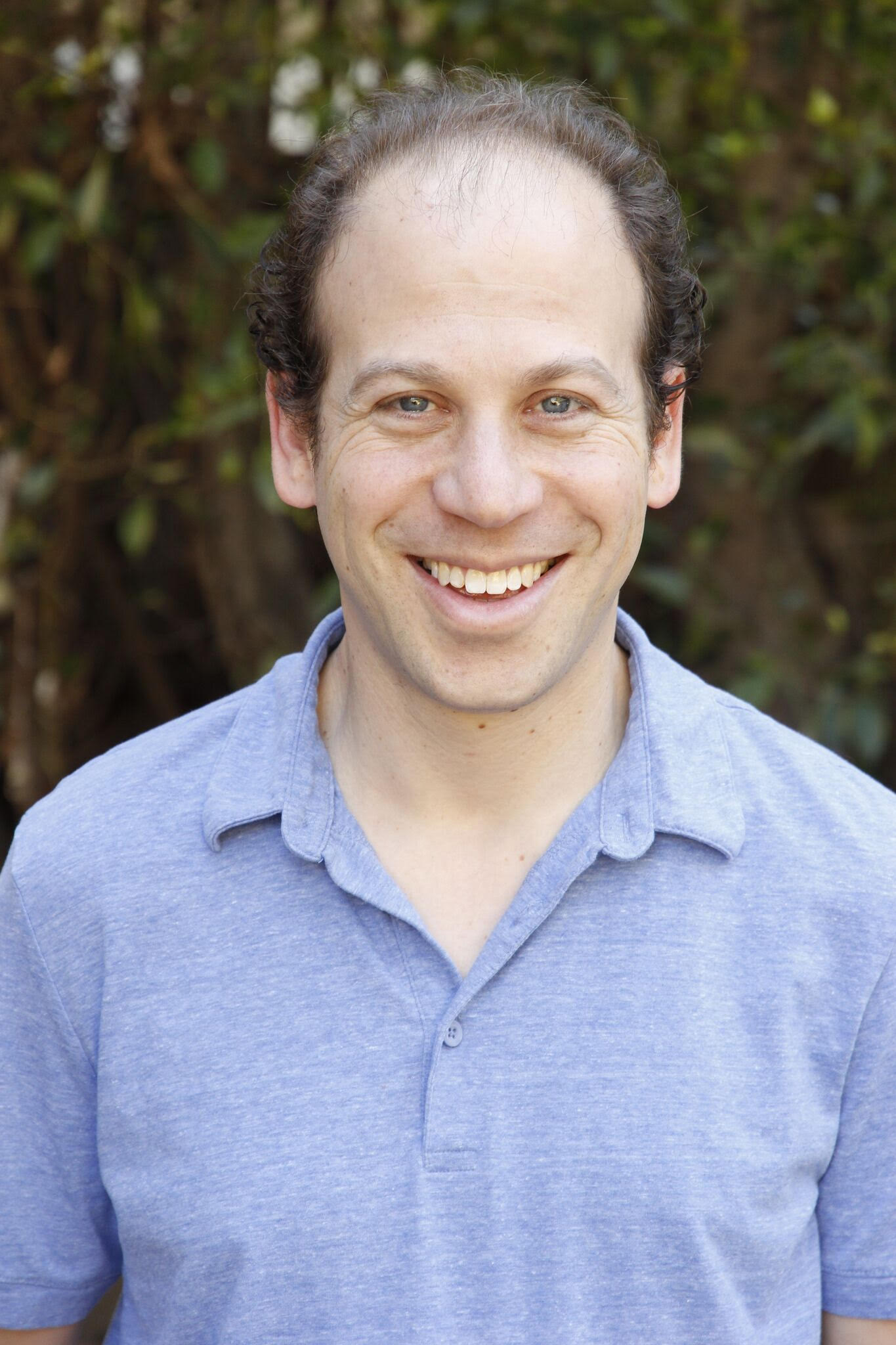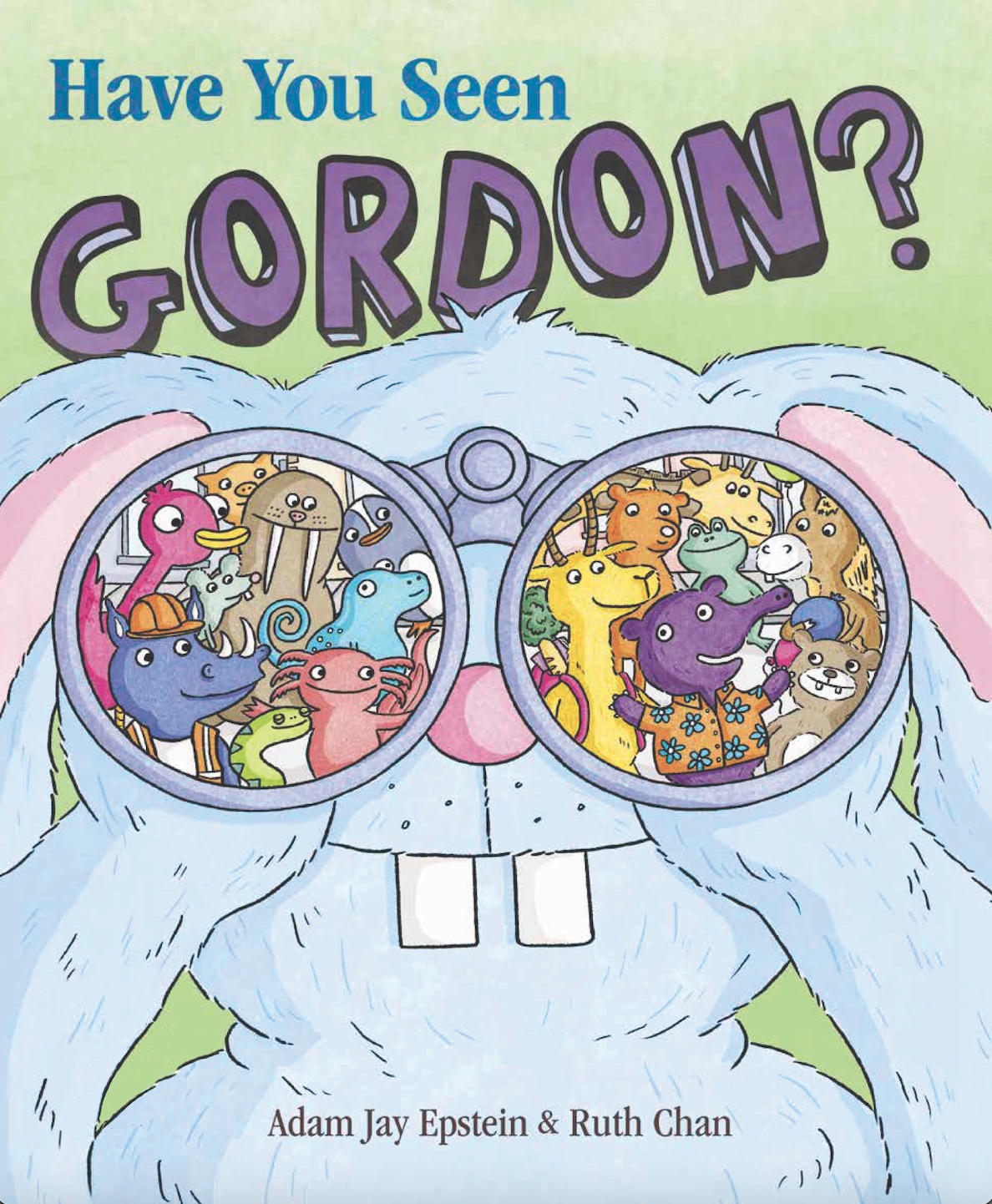
c/o Adam Epstein
When Adam Epstein ’97 was growing up, like most kids he loved picture books. Unlike most kids, though, he continued to love them all the way through college. Epstein described going down from his dorm room to Clark room 302 during his time at the University to read children’s books with his neighbors. But he never imagined that writing them would be in his future.
After graduating from the University as a Film and economics double major (not an English major, he mentioned regretfully), Epstein went on to pen middle-grade fantasy and sci-fi book series as well as write for the big and small screens. But later this month he will release his first picture book, “Have You Seen Gordon?” , featuring illustrations by Ruth Chan.
“I never thought that it was a job that I could have to write picture books, but I have two daughters, and I would read them books every night before they went to bed,” Epstein said. “Their favorite books were these look-and-find and search-and-find books, like “Where’s Waldo,” where you would have to find an object or a person inside a picture dense with characters. These were fun books, but none of them had stories. And I thought, wouldn’t it be great to tell a look-and-find book with a story?”
“Have You Seen Gordon?”, whose protagonist is a bright purple tapir named Gordon, embodies such a cross-over. In addition to the classic search-and-find component, Epstein added a feature not common to the densely illustrated pages of a typical picture book: a message.
“Late at night, I was thinking…what if all of a sudden my character, a “Where’s Waldo”-type character, was proud of who he was?” Epstein said. “[What if he] was proud of his identity and no longer wanted to hide. What would that do to the book?”
Later in the book, in a parade scene filled with colorful animals, floats, and balloons, Gordon is front and center in the frame, easily picked out by a child scanning the page. Pride in one’s identity—as a purple tapir or anyone—becomes a central theme as well as a way to subvert the look-and-find genre. The book also features characters, like a construction-worker rhino named Jane, who don’t want to be found. By having the narrator learn to leave these characters alone, Epstein explores consent in a kid-friendly way.
“All of these ideas of being proud of who you are, consenting to be part of something, started to roll together,” Epstein explained. “What is a funny book all of a sudden became a book that also had a message.”
One of the unique challenges of writing children’s literature is balancing the inherent difference in perspective between the writer and the audience; children’s books are written mostly by adults but directed mostly toward children, who have very different understandings of the world and often can’t even read yet. For Epstein, getting a point across to a child is easier with humor.
“I think it’s disguising [morals] in something fun,” Epstein said. “So they learned a lesson along the way without realizing that lesson, it’s never outright…. A lot of that is hiding message in humor, hiding message in playfulness, but also leaving a child…like they may have grown the way a character in the book has grown.”
And then there’s the difficulty of writing a book that a parent enjoys reading to a child as much as the child enjoys hearing it. All of the characters in “Have You Seen Gordon?” are animals, from sunbathing pandas to saxophone-playing bears, which help adults get into the story, according to Epstein.

c/o Simon and Schuster
“I find that animals are a great way to tell human stories and put the adults into kids’ books without them feeling like adults,” he said.
Universally engaging elements like these are integral to Epstein’s case for the meaningfulness of children’s literature.
“Picture books are so important,” he said. “They are like poetry in a way that novels are not: Every word is important when you’re writing a picture book. And you are trying to connect to two audiences when you’re writing…. That connection that you’re forming between an adult and a kid is incredibly special during that time when they’re reading this book. So I’m always thinking about ‘how is the book going to create moments of laughter, togetherness, a tear, something that can be shared between the reader and the listener?’”
“Have You Seen Gordon?” will be available online and in bookstores starting September 28th.
Sophie Griffin can be reached at sgriffin@wesleyan.edu
Comments are closed